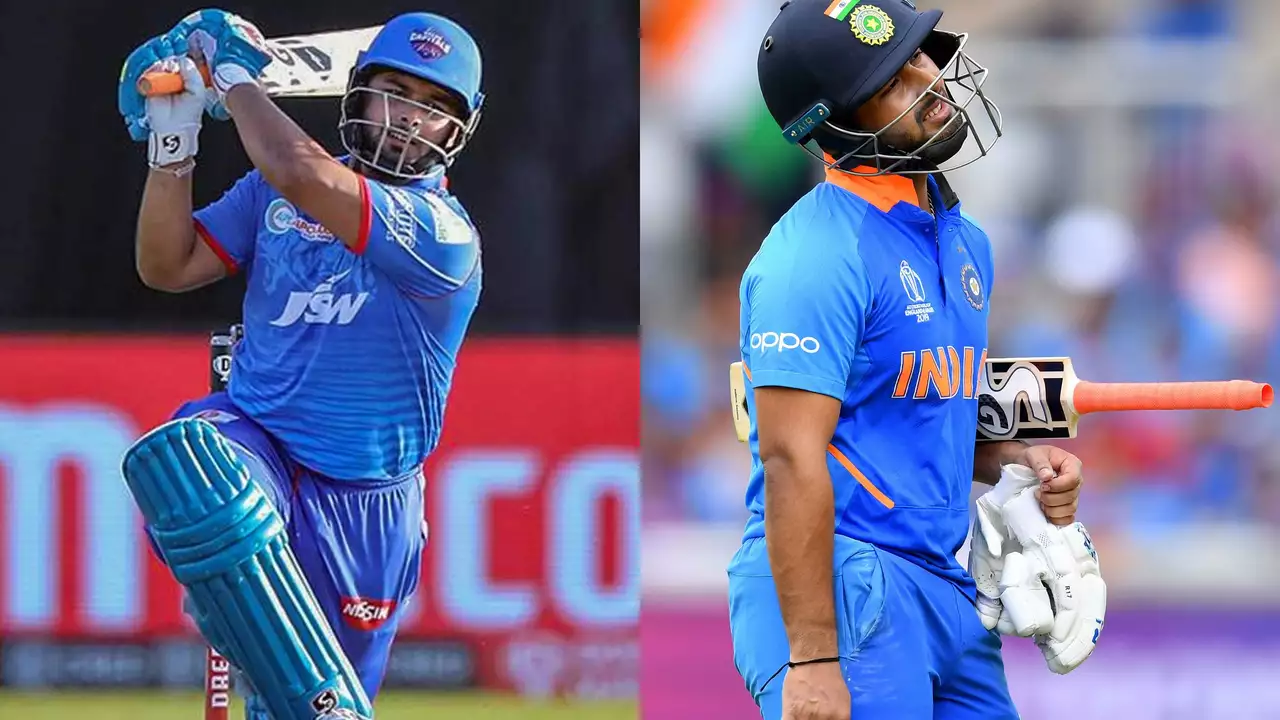Cricket Comparison: Simple Guide to Player and Team Head‑to‑Head Stats
Ever wondered how two batsmen stack up against each other, or why one side seems to win more often at a particular ground? You’re not alone. In this guide we break down the basics of cricket comparison, so you can read scorecards, talk stats, and enjoy the game even more.
How to Compare Players
Start with the obvious numbers: runs, average, strike‑rate, and centuries. A player with a higher average usually handles pressure better, while a better strike‑rate shows how quickly they score. Look at the venues too – some batsmen thrive on fast tracks, others on spin‑friendly pitches.
Next, check the recent form. A player who scored 500 runs in the last three series is more likely to perform than someone with a similar career average but a long slump. Bowler comparison follows the same idea: economy, strike‑rate, and wickets per match give a quick picture.
Don’t forget head‑to‑head history. If Player A has beaten Player B ten times out of twelve encounters, that tells you something about their mental edge. Websites often list these matchups, but you can build a simple table with the last five games to see the trend.
Team Matchup Basics
When two teams meet, the ground often decides the outcome. Check the pitch report – is it dry and dusty (good for spin) or green and seamy (helps pace)? Then look at the toss history. Teams winning the toss and choosing to bat first on that ground win about 55% of the time.
Team composition matters too. A side with three quality spinners will dominate on a turning track, while a lineup heavy on fast bowlers shines on a bouncy surface. Compare the recent win‑loss record on similar conditions to gauge confidence.
Finally, weigh the pressure factor. Big tournaments bring extra nerves, so a team that consistently reaches semi‑finals often has the mental strength to handle tight situations. Combining these elements – venue, toss, lineup, and pressure – gives a clear picture of who’s likely to win.
Now that you know the key stats, try a quick exercise. Pick two favorite players, pull their last five innings, and calculate the average and strike‑rate. Then do the same for their head‑to‑head matches. You’ll see patterns you never noticed before.
Remember, cricket is unpredictable, and numbers only tell part of the story. Weather changes, injuries, and a lucky bounce can swing things in an instant. Use comparisons as a guide, not a guarantee.
With these simple steps you can join any conversation about cricket, back up your opinions with data, and maybe even spot a future star before the headlines do.
Who is a more talented batsman, KL Rahul or Rishabh Pant?
0 Comments
Comparing the batting talents of KL Rahul and Rishabh Pant is no easy task as both cricketers have their unique strengths. Rahul's disciplined and well-structured batting style shines through, especially in Test cricket. Pant, on the other hand, is known for his aggressive and fearless approach that can change the game's dynamics in a blink. While Rahul's consistency is commendable, Pant's ability to perform under pressure is awe-inspiring. In conclusion, both are incredibly talented in their ways, making it challenging to pick a clear winner.
Read More